There are four weeks left until Ferrari lifts the covers off its 2024 Formula 1 car.
While activity in Maranello proceeds feverishly, increasingly precise details on Leclerc and Sainz's new single-seater gradually filter out from the secret rooms of Gestione Sportiva.
Part of the technical office is engaged in the latest evaluations and validations of the first developments which are being examined with CFD and wind tunnel simulations.
These are the first evolutions that will be tested in Bahrain, but which will also concern the configuration of the new single-seater for Saudi Arabia and Melbourne.
It now seems clear that its aerodynamic concept will follow the trend launched by Red Bull already in 2022 (i.e. by adopting sloping sidepods to accentuate the downward deviation (down wash) of the air flow directed to the rear axle).
The latest 'red car' will not be a clone of the one from the Milton Keynes-based team, although it will draw inspiration from the front section of the chassis.
Taking it to the extreme
In December, Technical Director Enrico Cardile anticipated that the architecture of the new car would be a clear break from the F1-75 and SF-23. The main change will be to the lateral crushable structures (anti-intrusion cones), which last year had prevented a more radical aerodynamic development of the lower section of the sidepods.
On the launch-spec car these elements will be placed at the level of the upper edge of the floor, giving greater freedom to the aerodynamicists to take this area of the car to the extreme. On the other hand, the suspension, while maintaining the front push rod and rear pull rod layouts, will be profoundly modified in their respective geometries.
The new suspension design at the front will also be accompanied by a significant change to the front section of the chassis. In detail, this will no longer be squared, therefore with a flat lower profile, but will instead be characterised by a "keel" profile.
Its impact is substantial regarding the lower aerodynamics of the car, in terms of management of direct flows under the floor. This also implies a reduction or a tapering of the lower part of the nose, precisely with the aim of increasing the laminar flow under the car, to favour the generation of aerodynamic load with the floor.
The sidepods, both in their lower section at the level of the leading edges of the floor, should have a different shape from the SF-23 and retreat a few centimetres (between 5 and 8) of the air inlets.
The position of these elements would be functional in keeping the turbulence generated by the front wheels away. This not only increases the aerodynamic efficiency of the area in question, but also allows the adoption of smaller section cooling air intakes.
It is worth clarifying that, although Red Bull progressively reduced the vertical section of the intakes last year, improving the efficiency of the car is not a trend that can be taken to extremes.
As Cardile explained, although it is on paper possible to take the concept to extremes, two precise reasons work against this choice. The first is that engineers must necessarily consider the minimum heat exchange, necessary to guarantee the reliability of the engine and electronics.
When the design of a specific area of the car is taken to extremes, progressively lower benefits are obtained. The new car therefore appears to be increasingly a reasoned interpretation of the most competitive concepts seen in 2023, but will maintain a marked originality. In short, the SF-24 (if it will be called that) will be able to surprise those who expect it to be a “red” RB19.
The front section of the chassis will be characterized by a lower "keel" profile, therefore no longer flat as on the SF-23. In favor of the efficiency of the floor
Don't miss out on any of the Formula 1 action thanks to this handy 2026 F1 calendar that can be easily loaded into your smartphone or PC.
Download the calenderMost read
In this article
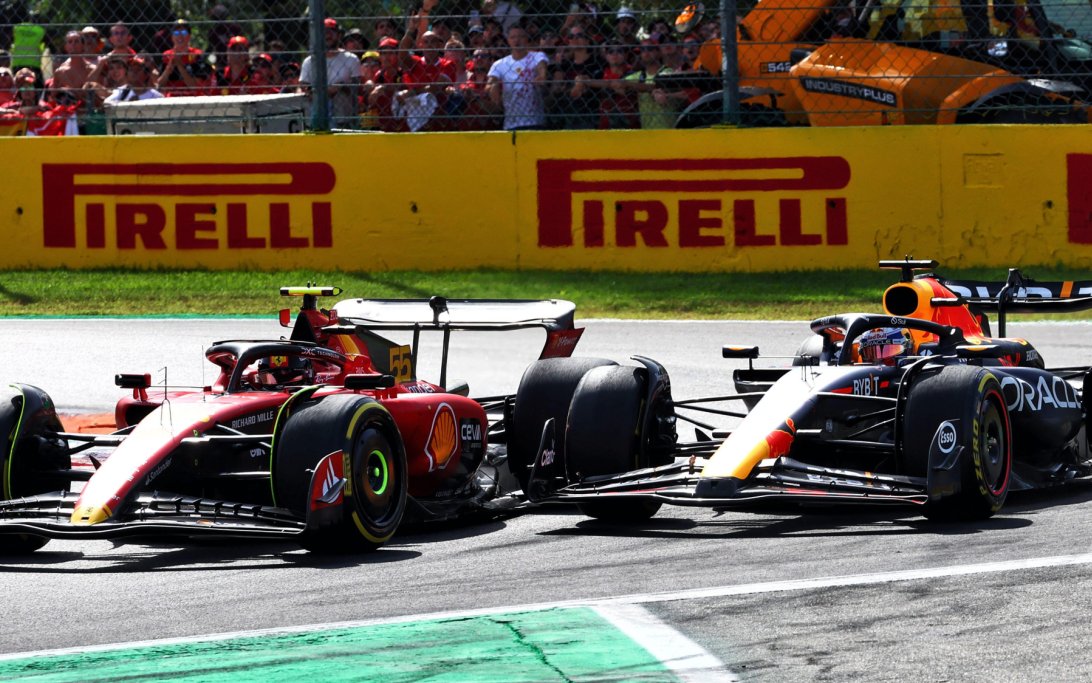


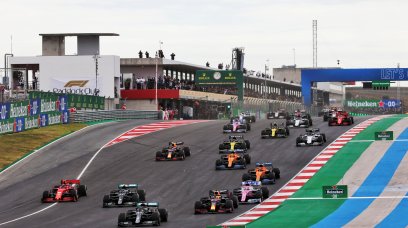
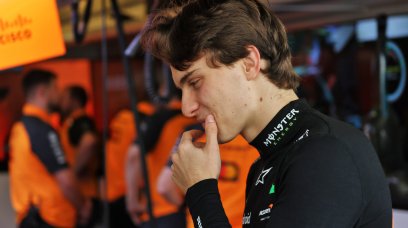
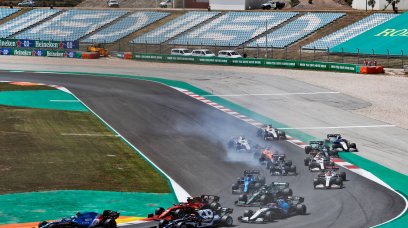


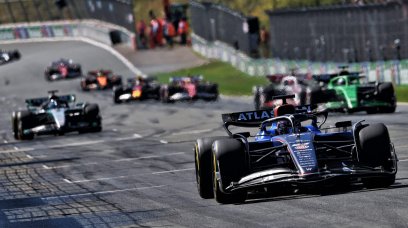
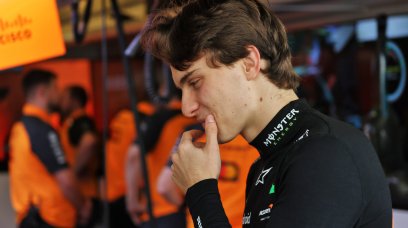

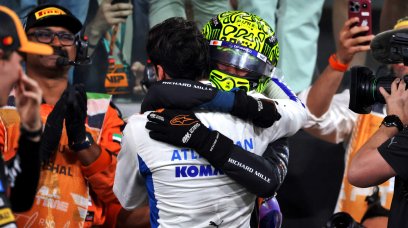
Join the conversation!